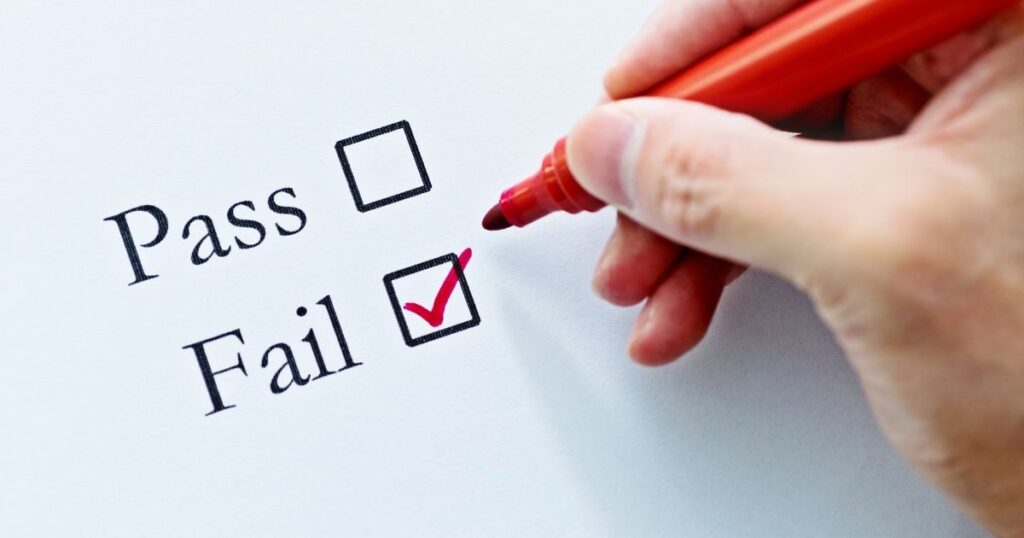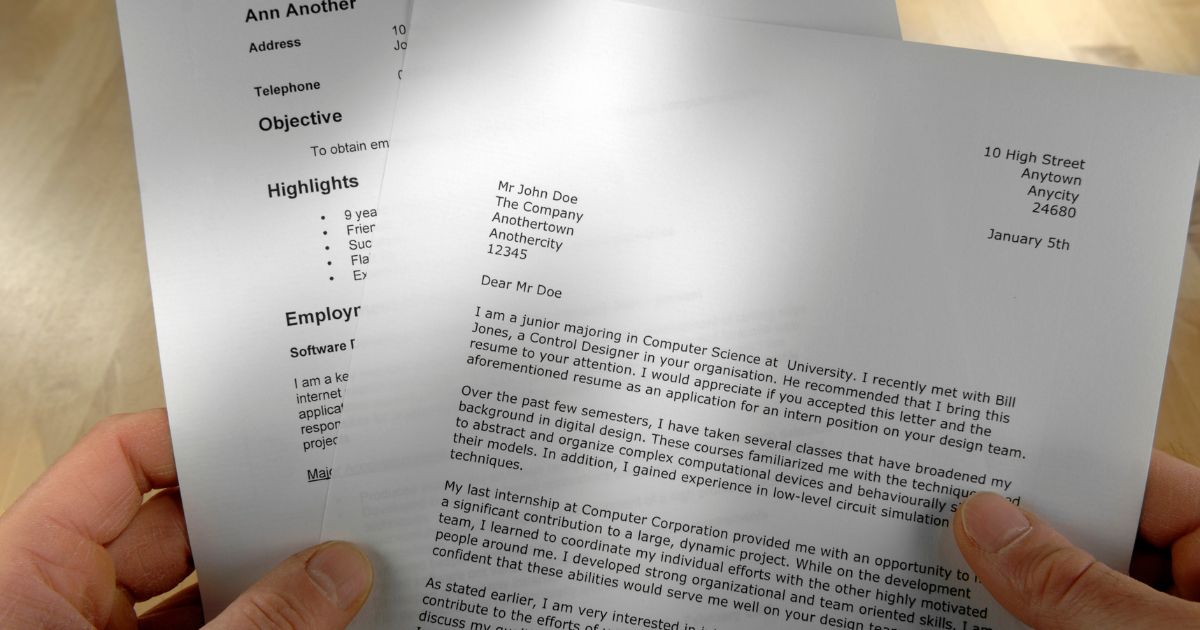No one sets out to fail a class, but it can happen to even the best of students. If you do fail a class, what could happen? Are there ways to change this or are you stuck with a failing grade on your transcripts?
How Do Grades Work?
Grades are based on a 4.0 Grade Point Average (GPA) scale. Letter grades represent performance in a specific class. These letter grades directly correlate with the GPA. Grades are translated into a numerical points equivalent and then averaged. A letter grade of D counts as one point, and an F counts as zero. Both grades can and will dramatically affect your GPA.
Does My GPA Impact My Financial Aid Package?
Before you fail a class, it’s important to reread the terms and services for any grants, loans or scholarships you may have received. In many cases, you’ll be held financially responsible and may have to pay for that class out of pocket.
If you receive any of the following it is imperative to check with the college financial aid office:
- Bright Futures Scholarships
- Federal Pell Grants
- Student Loans
Some types of financial aid will not cover a repeated course attempt. If you’ve failed a required course check with the Financial Aid Office so you know what to expect.
Grade Forgiveness
So, what can you do to show you are proficient in your failing class and bring your GPA back up? Grade forgiveness. This is where you take that same class over again in an attempt to earn a higher grade which would then replace the D or F earned previously when the college calculates your cumulative GPA. I suggest scheduling a meeting with your advisor before you fail a class or certainly after to see if you’d be eligible for grade forgiveness.
Course Withdrawal and the Impact on Grades
An F never looks good on transcripts, but a W might be okay. This is where you withdraw yourself from the class by the college’s published deadline in an attempt to salvage your transcripts. You will not receive a tuition refund unless you appeal because of some extenuating circumstance such as a medical issue. Before withdrawing from a course it’s a good idea to speak with an academic advisor so you explore the impact and all the options.
Add/Drop Week
At the beginning of each semester there is about a week of buffer time to add or drop classes that might not be right for you at that time. If you signed up for the wrong class, don’t feel a connection with the instructor, or just took on too many classes, you can drop the class and not be held financially responsible. The class will not affect your GPA or transcripts and does not count as a course attempt as long as it is dropped within that specific time frame known as Add/Drop week.
Take a Deep Breath
Whether you failed a class or are heading in that direction, just know that it’s not the end of the world. While this is a setback, you can meet with your advisor and make a plan to move forward. Practice good study habits, don’t pack too much on your plate at one time, take advantage of all the academic support options such as tutoring, and you can turn the corner.
- High School To College: 5 Things I Wish I’d Known - August 2, 2023
- 3 Skills To Learn Before Living on Your Own - June 7, 2023
- I Failed a Class, Now What? A Student’s Guide for Dealing with Failure in the Classroom - May 10, 2023




